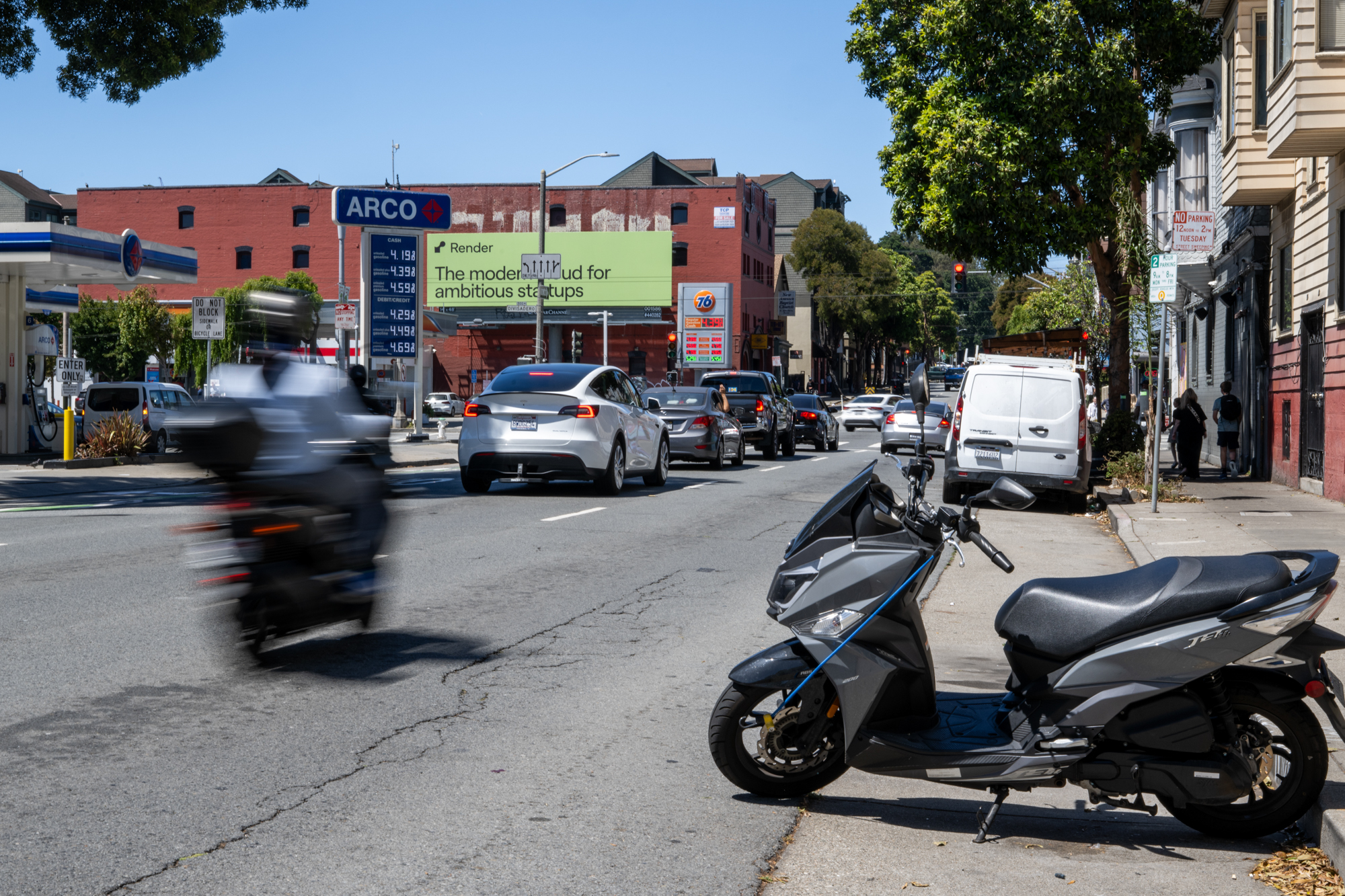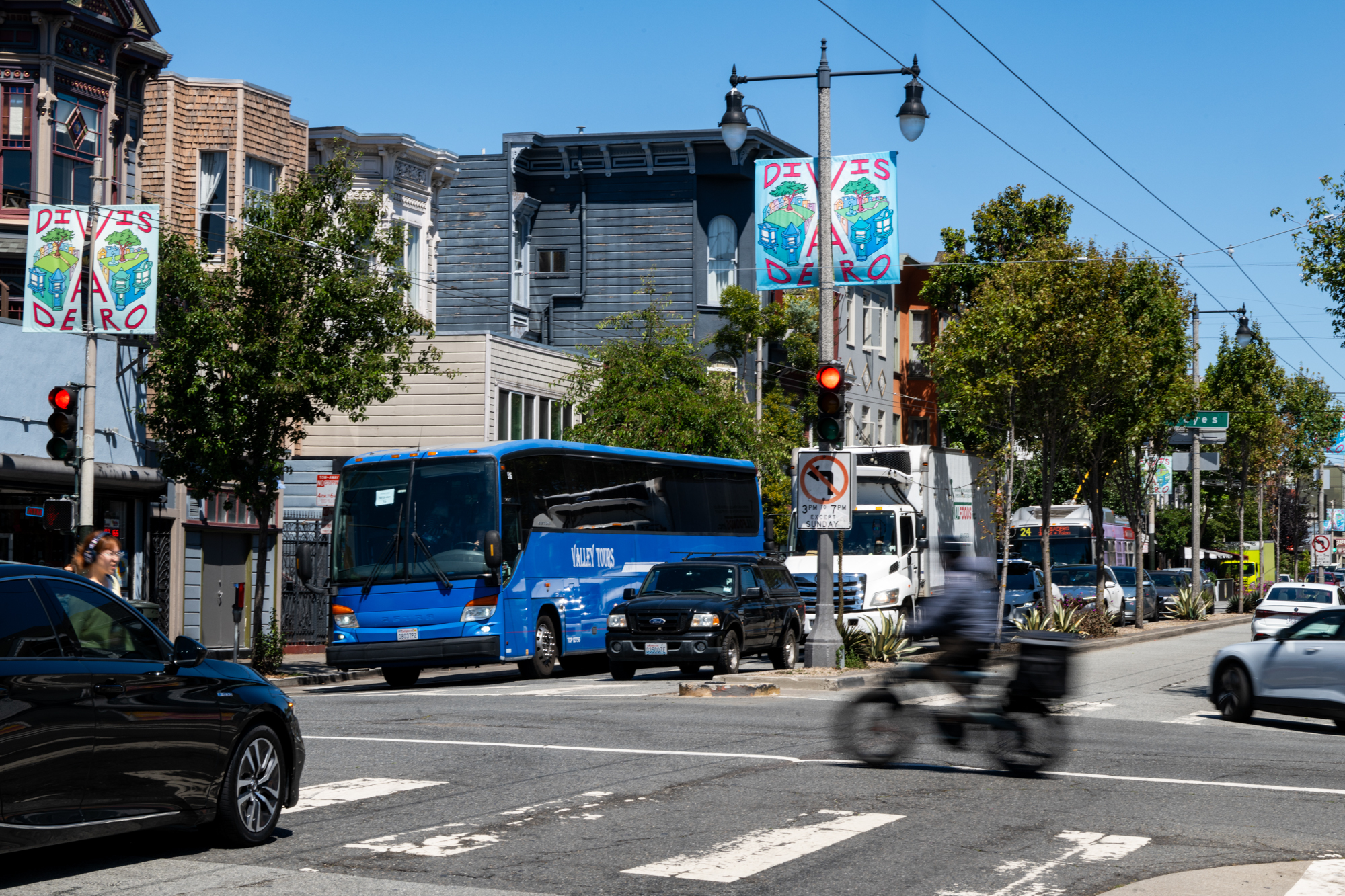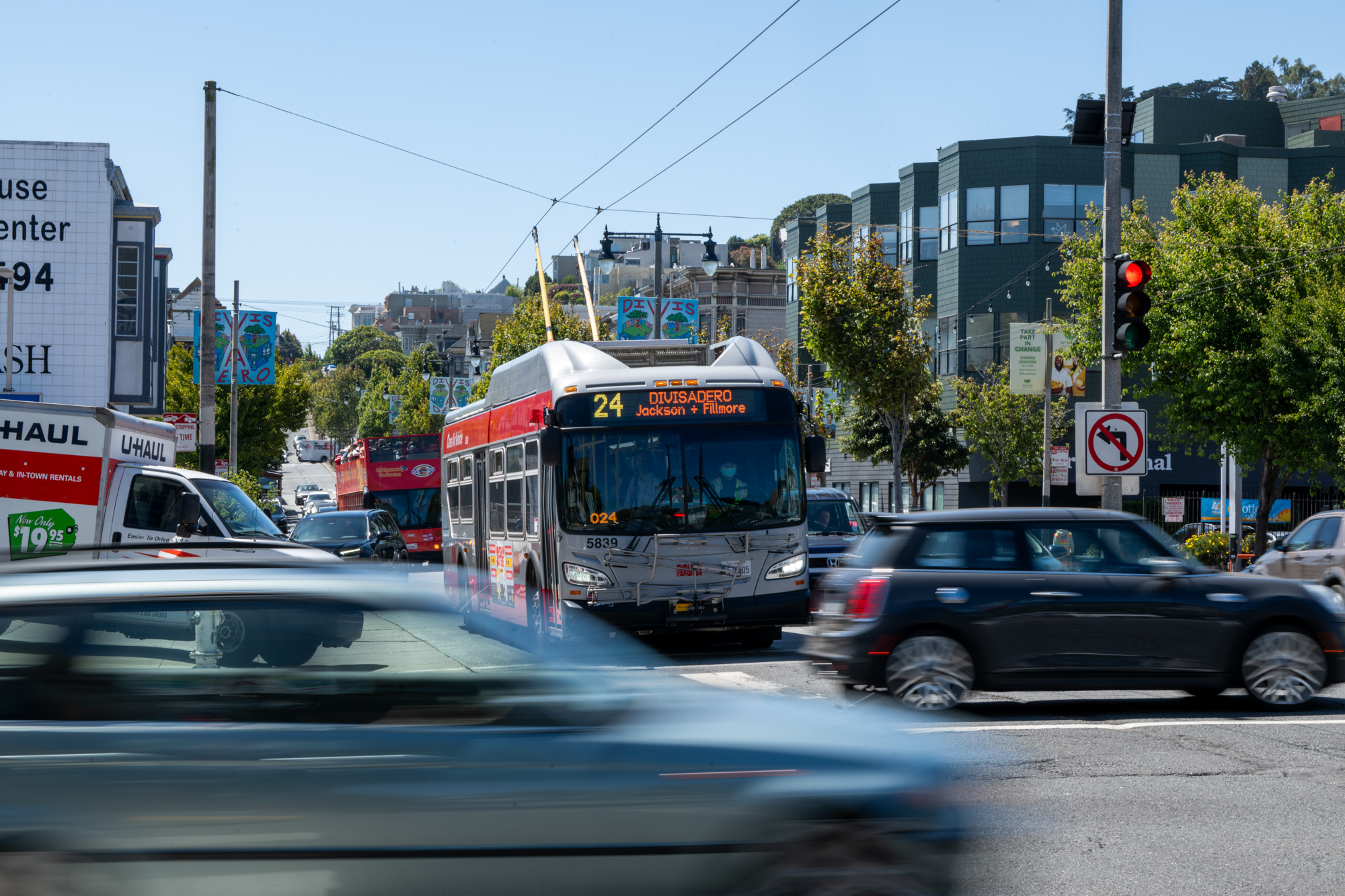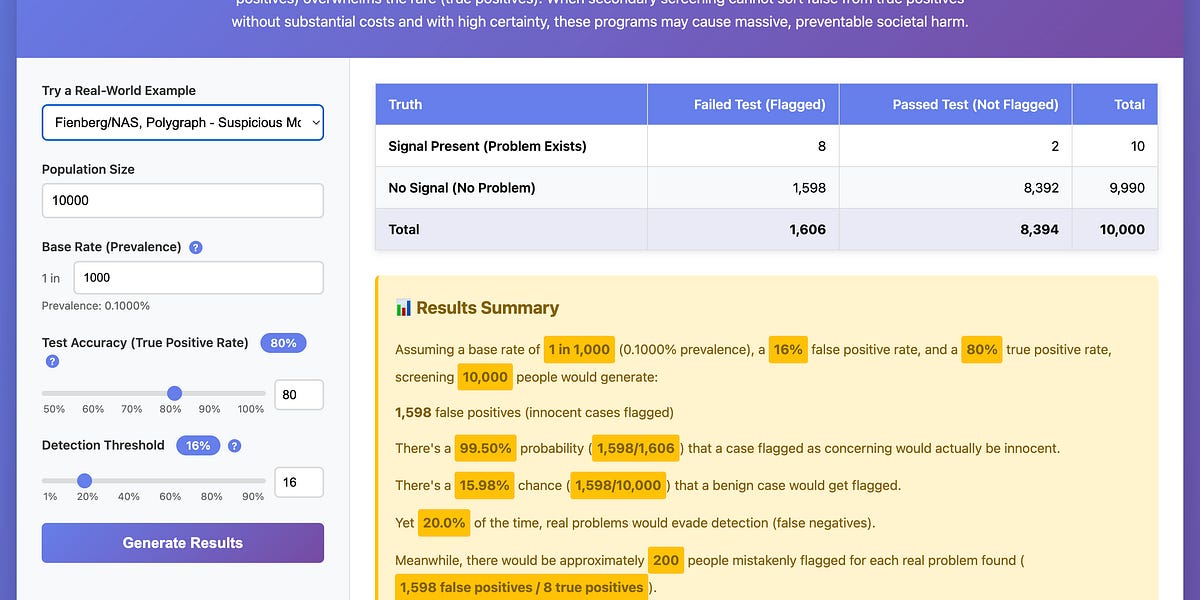Aug 9
Failed to save article
Please try again

A scooter drives along Fell Street at the intersection with Divisadero Street in San Francisco’s Panhandle neighborhood on Aug. 8, 2025. (Beth LaBerge/KQED)
On July 21, Janarden Dangi was working a dinner shift at Nepa Indian Cuisine, a restaurant near Divisadero and Fell streets in San Francisco’s Panhandle neighborhood, when he saw police sirens.
Outside, he joined a small crowd looking out at a gruesome scene — a crash between two pedestrians and a rider of an electric-powered vehicle — near the intersection around 11 p.m.
Dangi saw a “white-haired” man lying on the pavement.
“He was half covered by his helmet,” Dangi said. “It was really bad.”
In its initial report, San Francisco Police stated that the person, identified as Matthias Mederer, 64, was riding an e-bike at the time of the crash, which also injured two people.
 The intersection of Fell and Divisadero streets in San Francisco’s Panhandle neighborhood on Aug. 8, 2025. (Beth LaBerge/KQED)
The intersection of Fell and Divisadero streets in San Francisco’s Panhandle neighborhood on Aug. 8, 2025. (Beth LaBerge/KQED)But in the days and weeks following, confusion arose: was it an e-bike, which doesn’t require a special license to operate — or something else?
Following multiple fatalities caused by electric devices in San Francisco, traffic safety advocates are pointing to a need for stronger regulation and classification for electric-powered or motorized modes of transportation.
The stakes, said Christopher White, executive director of the San Francisco Bike Coalition, can be life or death.
“We just want to make sure that the public has the information that is true and accurate,” White said. “That is what should be guiding policies that develop to keep people safer on the streets.”
In a subsequent statement to KQED on Aug. 8, SFPD again reiterated that the crash involved an e-bike.

The San Francisco Bike Coalition, however, said that based on eyewitness accounts and videos circulating online, they believe Mederer was riding a more powerful, faster vehicle, most likely an e-moped, which requires a motorcycle license.
Dangi also told KQED that the vehicle in question appeared to be “a modified moped.”
“It was not a proper motorbike,” Dangi said. “It was modified with a big sound.”
Dangi added that the corner is often busy and that “people have to be very careful in this intersection.”
The tragedy unfolded against the backdrop of ongoing conversations among state legislators on the prevalence of e-bikes and motorized scooters, and a possible need for increased safety laws.
Under California law, the term “e-bike” can only apply to three classes of electric bicycles with pedals that are capped at 28 miles per hour.
White said they’re commonly confused and misreported as e-mopeds and e-motorbikes: vehicles that go way above that speed and require a motorcycle license.
“It can propagate narratives in the minds of the public that are not true about the safety or lack of safety of different devices,” White said.
White pointed to a fatal collision on Market and Sixth streets just days before the fatal accident on July 21 as a case study: an elderly pedestrian was struck by an electric scooter on July 18 while he crossed the intersection, later succumbing to his injuries at a local hospital.
 A Muni bus waits at the intersection of Fell and Divisadero streets in San Francisco’s Panhandle neighborhood on Aug. 8, 2025. (Beth LaBerge/KQED)
A Muni bus waits at the intersection of Fell and Divisadero streets in San Francisco’s Panhandle neighborhood on Aug. 8, 2025. (Beth LaBerge/KQED)When SFPD initially responded to the scene, it reported that the vehicle involved was a Lime e-scooter, but later said it remained unclear what kind of scooter it was. Lime also confirmed that the rider was not on one of the company’s electric scooters.
The distinction is significant, White said, because electric scooters have their own classification and the California DMV mandates a 15 mph limit for motorized scooters.
But still, with reports on all sides unconfirmed, the gray area in how motorized devices are classified is starkly apparent.
White recommended that the city develop what he called a “hierarchy of road vulnerability,” or an awareness campaign about the kinds of vehicles on streets and what dangers they pose to pedestrians.
“Those on the streets who can cause more harm to others because of the speed or the heaviness of their vehicles or devices, bear greater responsibility,” White said. “To keep more vulnerable road users, whether that’s pedestrians, seniors, people with disabilities, safe in how they behave.”

In a statement posted to its website, the California Bicycle Coalition’s Jared Sanchez pointed to a greater need for “cleaning up the gray areas in e-bike classification.”
The coalition, also called CalBike, said it saw promise in a bill from State Sen. Catherine Blakespear, D-San Diego, SB 455, which did not survive the Senate Appropriations Committee back in May.
SB 455 would have strengthened existing e-bike regulations, as well as penalized manufacturers who sell high-speed motorized bikes to underage riders as e-bikes.
White echoed CalBike’s focus on the role that manufacturers play in street safety. He said that frequently, they don’t share enough information about what they’re actually selling to the public.
“We would love to see greater oversight of that at the state level,” White said. “To make sure that people understand what they are buying and understand the rules of the road related to those devices.”
The pedestrian safety advocacy group Walk SF this week released a statement that three-quarters of the 11 pedestrian fatalities so far in 2025 have been senior citizens. This followed the death of an 83-year-old hit on Aug. 2 in the city’s Ingleside neighborhood, Walk SF reported.
In June, Walk SF spokesperson Marta Lindsey told KQED that the fact that most of the deaths have been senior citizens only points more to how traffic safety affects the city’s most vulnerable populations.
“What kind of city is San Francisco when our seniors are getting hit and killed?” Lindsey said. “Investing in the changes needed on our streets to make sure everyone of every age is actually safe is a win for everyone.”
KQED’s Carly Severn contributed to this report.
.png)



